Citibank 2012 Annual Report Download - page 229
Download and view the complete annual report
Please find page 229 of the 2012 Citibank annual report below. You can navigate through the pages in the report by either clicking on the pages listed below, or by using the keyword search tool below to find specific information within the annual report.-
 1
1 -
 2
2 -
 3
3 -
 4
4 -
 5
5 -
 6
6 -
 7
7 -
 8
8 -
 9
9 -
 10
10 -
 11
11 -
 12
12 -
 13
13 -
 14
14 -
 15
15 -
 16
16 -
 17
17 -
 18
18 -
 19
19 -
 20
20 -
 21
21 -
 22
22 -
 23
23 -
 24
24 -
 25
25 -
 26
26 -
 27
27 -
 28
28 -
 29
29 -
 30
30 -
 31
31 -
 32
32 -
 33
33 -
 34
34 -
 35
35 -
 36
36 -
 37
37 -
 38
38 -
 39
39 -
 40
40 -
 41
41 -
 42
42 -
 43
43 -
 44
44 -
 45
45 -
 46
46 -
 47
47 -
 48
48 -
 49
49 -
 50
50 -
 51
51 -
 52
52 -
 53
53 -
 54
54 -
 55
55 -
 56
56 -
 57
57 -
 58
58 -
 59
59 -
 60
60 -
 61
61 -
 62
62 -
 63
63 -
 64
64 -
 65
65 -
 66
66 -
 67
67 -
 68
68 -
 69
69 -
 70
70 -
 71
71 -
 72
72 -
 73
73 -
 74
74 -
 75
75 -
 76
76 -
 77
77 -
 78
78 -
 79
79 -
 80
80 -
 81
81 -
 82
82 -
 83
83 -
 84
84 -
 85
85 -
 86
86 -
 87
87 -
 88
88 -
 89
89 -
 90
90 -
 91
91 -
 92
92 -
 93
93 -
 94
94 -
 95
95 -
 96
96 -
 97
97 -
 98
98 -
 99
99 -
 100
100 -
 101
101 -
 102
102 -
 103
103 -
 104
104 -
 105
105 -
 106
106 -
 107
107 -
 108
108 -
 109
109 -
 110
110 -
 111
111 -
 112
112 -
 113
113 -
 114
114 -
 115
115 -
 116
116 -
 117
117 -
 118
118 -
 119
119 -
 120
120 -
 121
121 -
 122
122 -
 123
123 -
 124
124 -
 125
125 -
 126
126 -
 127
127 -
 128
128 -
 129
129 -
 130
130 -
 131
131 -
 132
132 -
 133
133 -
 134
134 -
 135
135 -
 136
136 -
 137
137 -
 138
138 -
 139
139 -
 140
140 -
 141
141 -
 142
142 -
 143
143 -
 144
144 -
 145
145 -
 146
146 -
 147
147 -
 148
148 -
 149
149 -
 150
150 -
 151
151 -
 152
152 -
 153
153 -
 154
154 -
 155
155 -
 156
156 -
 157
157 -
 158
158 -
 159
159 -
 160
160 -
 161
161 -
 162
162 -
 163
163 -
 164
164 -
 165
165 -
 166
166 -
 167
167 -
 168
168 -
 169
169 -
 170
170 -
 171
171 -
 172
172 -
 173
173 -
 174
174 -
 175
175 -
 176
176 -
 177
177 -
 178
178 -
 179
179 -
 180
180 -
 181
181 -
 182
182 -
 183
183 -
 184
184 -
 185
185 -
 186
186 -
 187
187 -
 188
188 -
 189
189 -
 190
190 -
 191
191 -
 192
192 -
 193
193 -
 194
194 -
 195
195 -
 196
196 -
 197
197 -
 198
198 -
 199
199 -
 200
200 -
 201
201 -
 202
202 -
 203
203 -
 204
204 -
 205
205 -
 206
206 -
 207
207 -
 208
208 -
 209
209 -
 210
210 -
 211
211 -
 212
212 -
 213
213 -
 214
214 -
 215
215 -
 216
216 -
 217
217 -
 218
218 -
 219
219 -
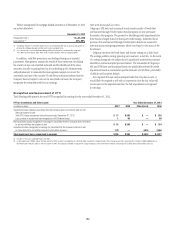 220
220 -
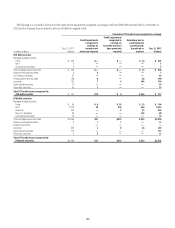 221
221 -
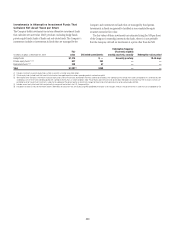 222
222 -
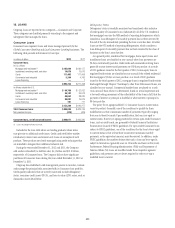 223
223 -
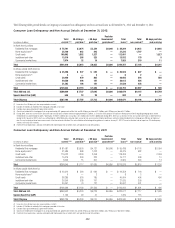 224
224 -
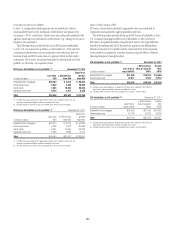 225
225 -
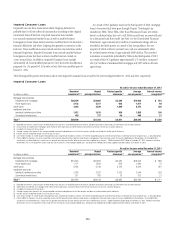 226
226 -
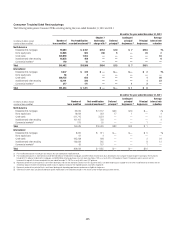 227
227 -
 228
228 -
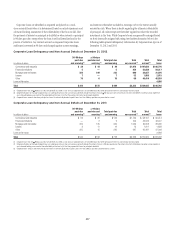 229
229 -
 230
230 -
 231
231 -
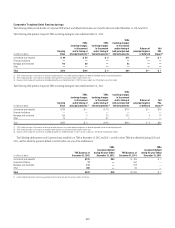 232
232 -
 233
233 -
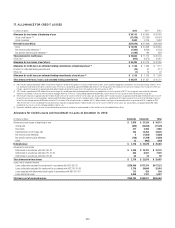 234
234 -
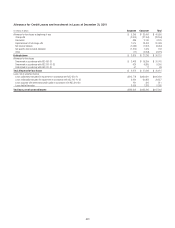 235
235 -
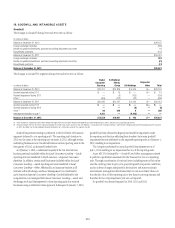 236
236 -
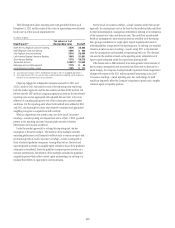 237
237 -
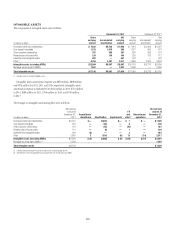 238
238 -
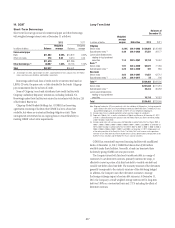 239
239 -
 240
240 -
 241
241 -
 242
242 -
 243
243 -
 244
244 -
 245
245 -
 246
246 -
 247
247 -
 248
248 -
 249
249 -
 250
250 -
 251
251 -
 252
252 -
 253
253 -
 254
254 -
 255
255 -
 256
256 -
 257
257 -
 258
258 -
 259
259 -
 260
260 -
 261
261 -
 262
262 -
 263
263 -
 264
264 -
 265
265 -
 266
266 -
 267
267 -
 268
268 -
 269
269 -
 270
270 -
 271
271 -
 272
272 -
 273
273 -
 274
274 -
 275
275 -
 276
276 -
 277
277 -
 278
278 -
 279
279 -
 280
280 -
 281
281 -
 282
282 -
 283
283 -
 284
284 -
 285
285 -
 286
286 -
 287
287 -
 288
288 -
 289
289 -
 290
290 -
 291
291 -
 292
292 -
 293
293 -
 294
294 -
 295
295 -
 296
296 -
 297
297 -
 298
298 -
 299
299 -
 300
300 -
 301
301 -
 302
302 -
 303
303 -
 304
304 -
 305
305 -
 306
306 -
 307
307 -
 308
308 -
 309
309 -
 310
310 -
 311
311 -
 312
312 -
 313
313 -
 314
314 -
 315
315 -
 316
316 -
 317
317 -
 318
318 -
 319
319 -
 320
320 -
 321
321 -
 322
322 -
 323
323 -
 324
324
 |
 |

207
Corporate loans are identified as impaired and placed on a cash
(non-accrual) basis when it is determined, based on actual experience and
a forward-looking assessment of the collectability of the loan in full, that
the payment of interest or principal is doubtful or when interest or principal
is 90 days past due, except when the loan is well collateralized and in the
process of collection. Any interest accrued on impaired Corporate loans
and leases is reversed at 90 days and charged against current earnings,
and interest is thereafter included in earnings only to the extent actually
received in cash. When there is doubt regarding the ultimate collectability
of principal, all cash receipts are thereafter applied to reduce the recorded
investment in the loan. While Corporate loans are generally managed based
on their internally assigned risk rating (see further discussion below), the
following tables present delinquency information by Corporate loan type as of
December 31, 2012 and 2011:
Corporate Loan Delinquency and Non-Accrual Details at December 31, 2012
In millions of dollars
30–89 days
past due
and accruing (1)
> 90 days
past due and
accruing (1)
Total past due
and accruing
Total
non-accrual (2)
Total
current (3)
Total
loans
Commercial and industrial $ 38 $ 10 $ 48 $1,078 $107,650 $108,776
Financial institutions 5 — 5 454 53,858 54,317
Mortgage and real estate 224 109 333 680 30,057 31,070
Leases 7 — 7 52 1,956 2,015
Other 70 6 76 69 46,414 46,559
Loans at fair value 4,056
Total $ 344 $125 $ 469 $2,333 $239,935 $246,793
(1) Corporate loans that are > 90 days past due are generally classified as non-accrual. Corporate loans are considered past due when principal or interest is contractually due but unpaid.
(2) Citi generally does not manage Corporate loans on a delinquency basis. Non-accrual loans generally include those loans that are > 90 days past due or those loans for which Citi believes, based on actual experience
and a forward-looking assessment of the collectability of the loan in full, that the payment of interest or principal is doubtful.
(3) Corporate loans are past due when principal or interest is contractually due but unpaid. Loans less than 30 days past due are presented as current.
Corporate Loan Delinquency and Non-Accrual Details at December 31, 2011
In millions of dollars
30–89 days
past due
and accruing (1)
> 90 days
past due and
accruing (1)
Total past due
and accruing
Total
non-accrual (2)
Total
current (3)
Total
loans
Commercial and industrial $ 93 $ 30 $ 123 $1,134 $ 98,157 $ 99,414
Financial institutions — 2 2 763 42,642 43,407
Mortgage and real estate 224 125 349 1,039 26,908 28,296
Leases 3 11 14 13 1,811 1,838
Other 225 15 240 287 46,481 47,008
Loans at fair value 3,939
Total $ 545 $183 $ 728 $3,236 $215,999 $223,902
(1) Corporate loans that are > 90 days past due are generally classified as non-accrual. Corporate loans are considered past due when principal or interest is contractually due but unpaid.
(2) Citi generally does not manage Corporate loans on a delinquency basis. Non-accrual loans generally include those loans that are ≥ 90 days past due or those loans for which Citi believes, based on actual experience
and a forward-looking assessment of the collectability of the loan in full, that the payment of interest or principal is doubtful.
(3) Corporate loans are past due when principal or interest is contractually due but unpaid. Loans less than 30 days past due are presented as current.
